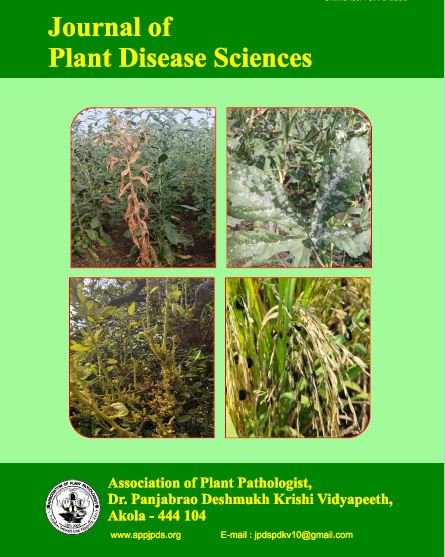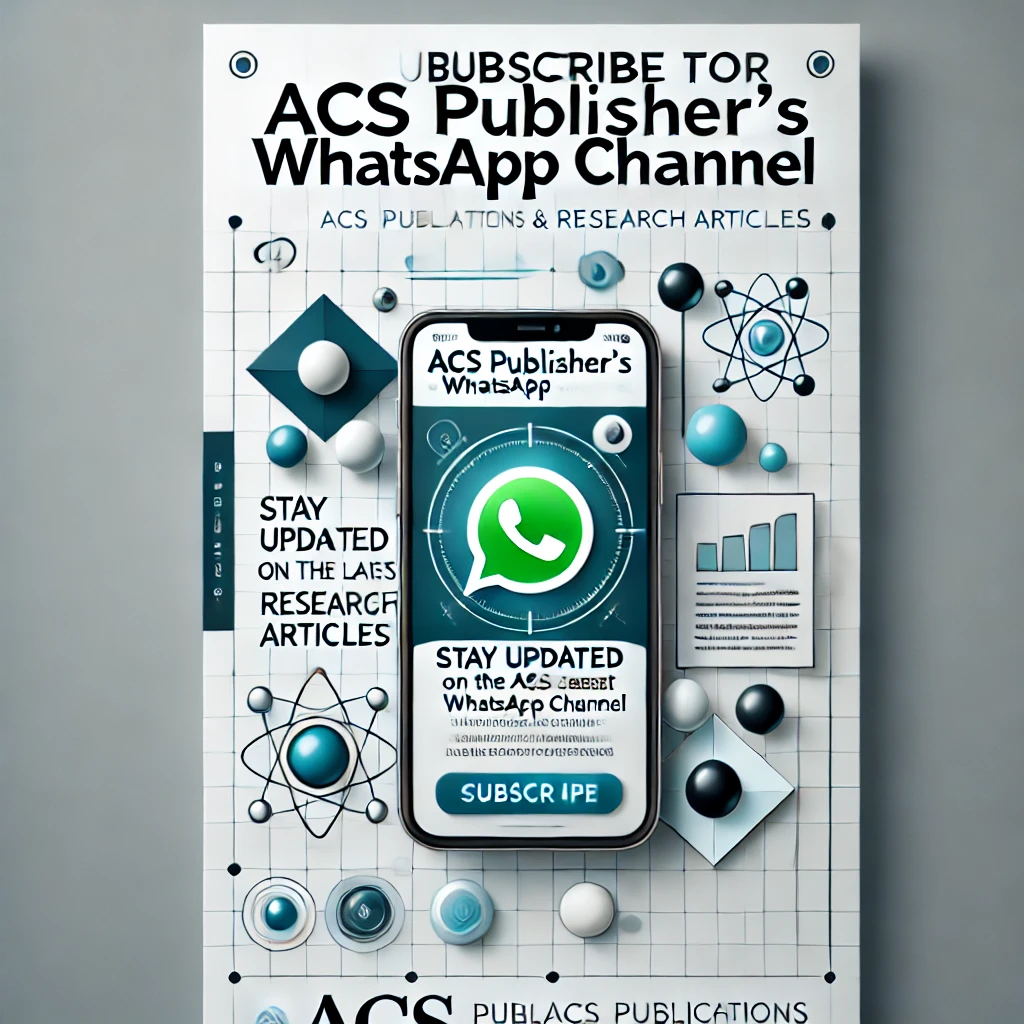BIOCHEMICAL AND MORPHOLOGICAL CHARACTERIZATION OF PSEUDOMONAS FLUORESCENS ISOLATES AND ITS EFFICACY AGAINST DAMPING-OFF IN CHILLI
DOI:
https://doi.org/10.48165/jpds.2024.19.02.07Keywords:
Chilli, Pseudomonas, Pseudomonas fluorescens, Pythium aphanidermatum, BiochemicalAbstract
This study examines three isolates of Pseudomonas fluorescens (PDKV Pf1, Pf2, Pf3) obtained from the chilli rhizosphere, focusing on their biochemical and morphological characteristics and their efficacy in suppressing Pythium aphanidermatum, the causal agent of damping-off in chilli. The isolates were evaluated for their ability to produce hydrogen cyanide (HCN) and indole-3-acetic acid (IAA), essential plant growth-promoting compounds. Morphologically, all isolates were identified as gram-negative and rod-shaped. Among them, PDKV Pf1 displayed the strongest biochemical activity, testing positive for catalase, oxidase, triple sugar iron (TSI), arginine dehydrolase, starch hydrolysis, H₂S production, methyl red test, citrate utilization, HCN production, and gelatin liquefaction.References
Aneja, K.R. (2003). Experiments in Microbiology, Plant Pathology and Biotechnology. New Age International Publishers, Haryana, pp. 607.
Armarkar, S., R. M. Gade, and M. D. Koche. (2022). Growth promotion activity and growth pattern of Pseudomonas fluorescens on different solid media. Journal of Plant Disease Science, 17: 22-27.
Bashan, Y., L. E. DeBashan, and H. Levanony. (2014). Alginate beads for the formulation of plant Growth-Promoting Bacteria. Biology and Fertility of Soils, 35: 359–368.
Chaudhary, P., M. Shahid, and M. I. Haque. (2019). Biological control of Pythium aphanidermatum in tomato using Pseudomonas fluorescens and its effect on plant growth. Journal of Plant Pathology, 92(3): 442-449.
Dennis, C., and J. Webster. (1971). Antagonistic properties of species groups of Trichoderma—Production of non-volatile antibiotics. Transactions of the British Mycological Society, 57: 25–39.
Dubeikovsky, A. N., E. A. Mordukhova, V. V. Kochethov, F. Y. Polikarpova, and A. M. Boronin. (1993). Growth promotion of black currant softwood cuttings by recombinant strain Pseudomonas fluorescens BSP53a synthesizing an increased amount of indole-3-acetic acid. Soil Biology and Biochemistry, 25: 1277-1281.
Manasa, K., R. S. Reddy, and S. Triveni. (2017). Isolation and characterization of Pseudomonas fluorescens isolates from different rhizosphere soils of Telangana. Journal of Pharmacognosy and Phytochemistry, 6(3): 224-229.
Prabhukarthikeyan, S. R., R. Anand, and M. Chandrasekaran. (2016). Antifungal metabolites of Pseudomonas fluorescens against Pythium aphanidermatum—Mechanisms of antagonistic activity. European Journal of Plant Pathology, 146(1): 183-194.
Ramamoorthy, V., and S. Samiyappan. (2002). Pseudomonas fluorescens biocontrol agents of soilborne pathogens: Looking back over 30 years. Phytopathology, 97: 250-256.
Ramamoorthy, V., T. Raguchander, and R. Samiyappan. (2002). Enhancing resistance of tomato and hot pepper to Pythium diseases by seed treatment with fluorescent pseudomonads. European Journal of Plant Pathology, 108: 429-44.
Reetha, A. K., S. L. Pavani, and S. Mohan. (2014). Hydrogen cyanide production ability by bacterial antagonists and their antibiotic inhibition potential on Macrophomina phaseolina (Tassi.) Gold. International Journal of Current Microbiology and Applied Sciences, 3(5): 172-178.
Reddy, P., and M. S. Reddy. (2009). Isolation of Pseudomonas fluorescens and its characterization. Asian Journal of Research in Chemistry, 2(1): 26-29.
Shinde, S. S. (2003). Plant growth-promoting activities of rhizobacteria and their interaction with soil-borne pathogens in cotton. M.Sc. (Agri) Thesis (Unpublished), Dr. P.D.K.V., Akola, Maharashtra.
Siddiqui, Z. A., and U. Shakeel. (2006). Use of fluorescent pseudomonads for the biocontrol of wilt disease complex of pigeon pea in greenhouse assay and under pot condition. Plant Pathology Journal, 5(1): 99-105.

